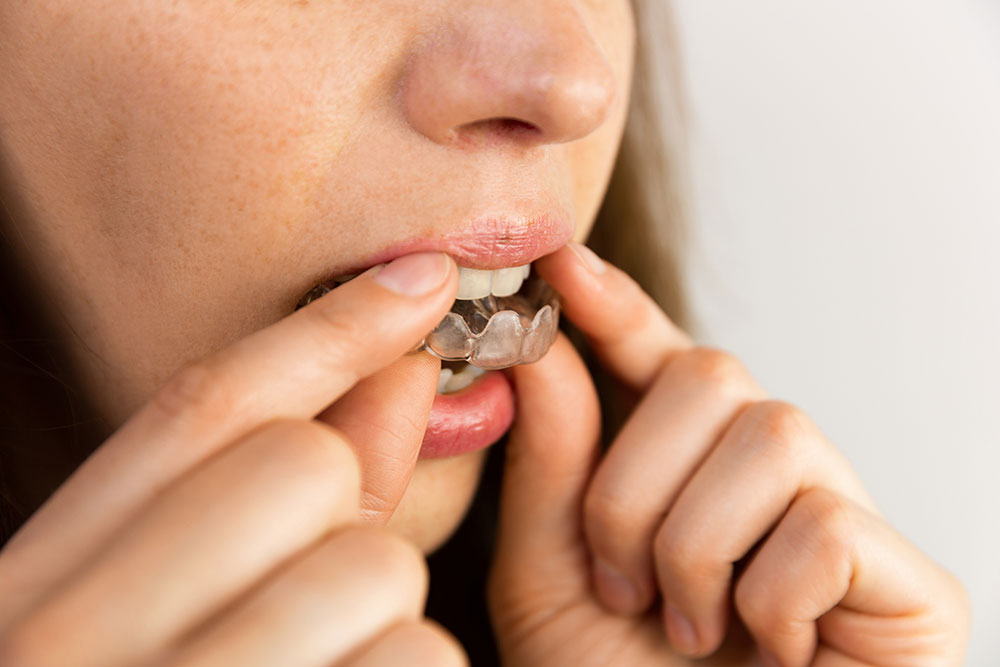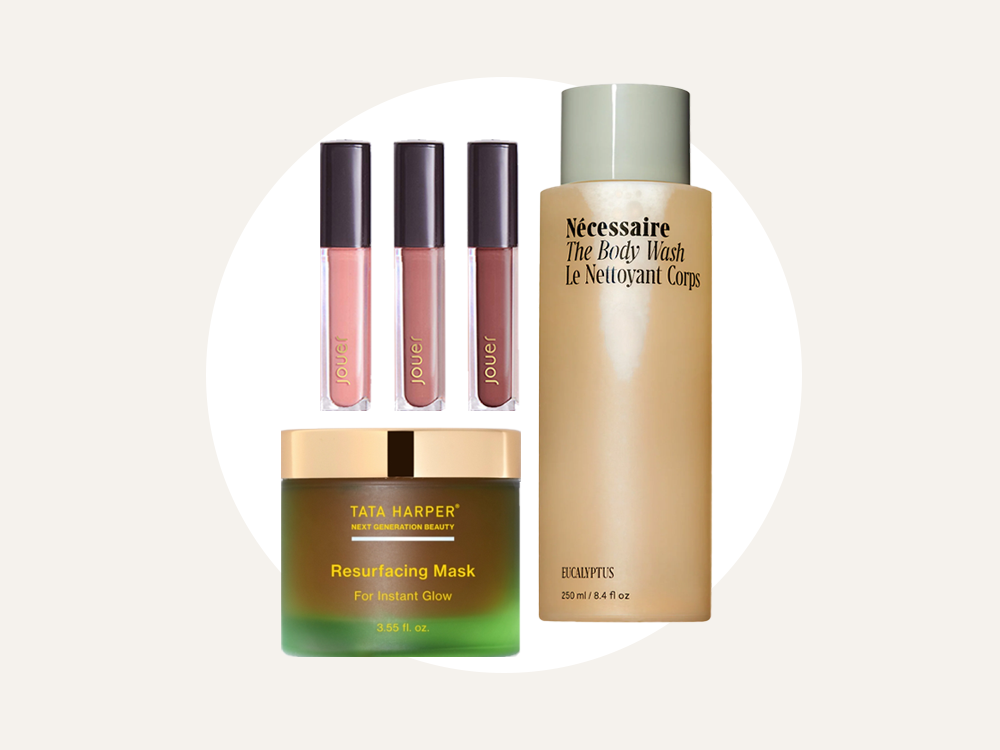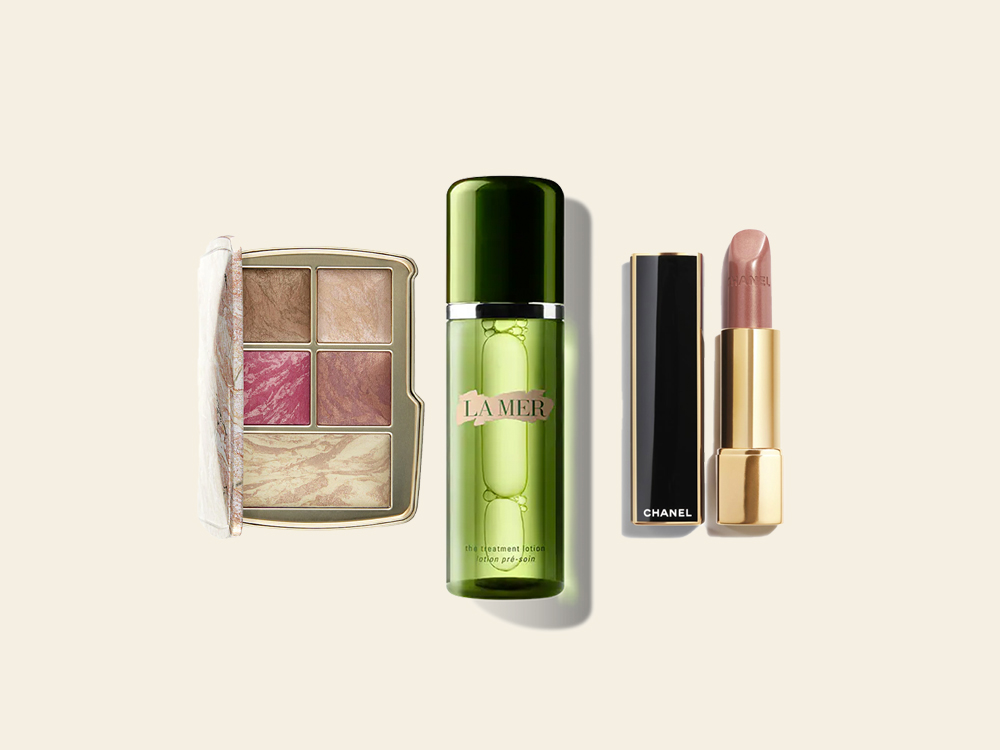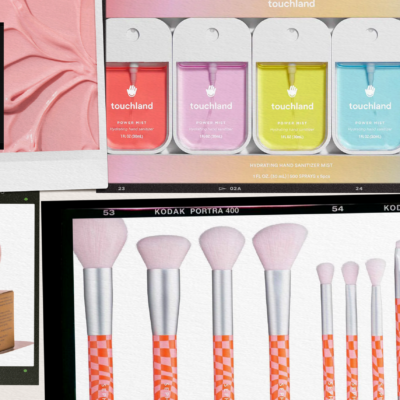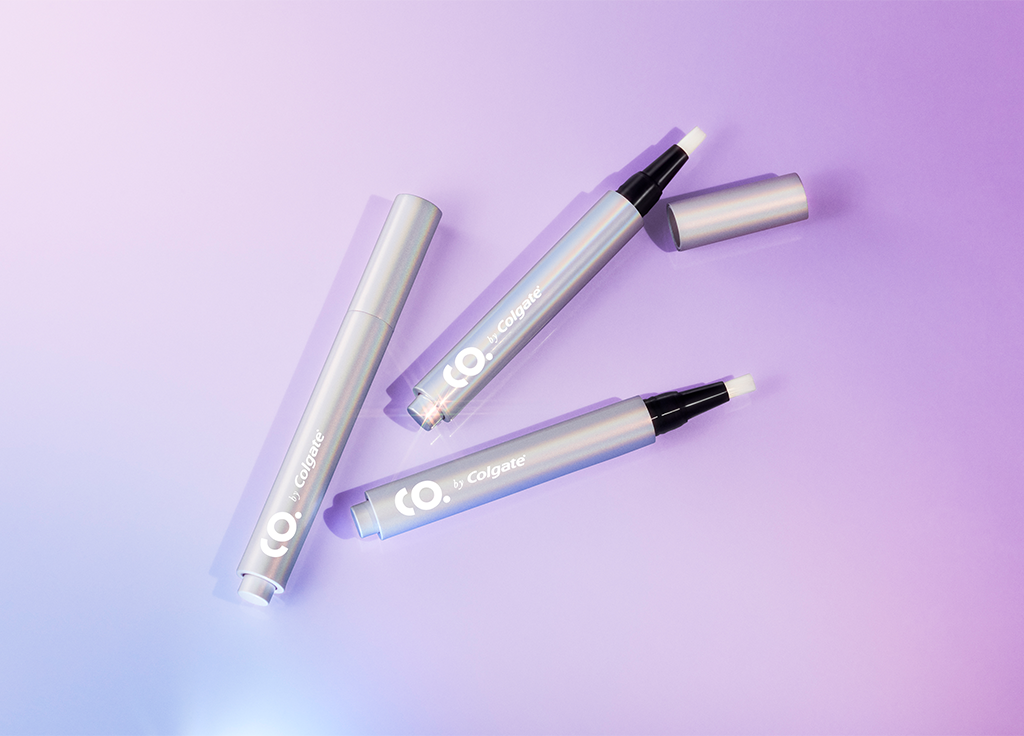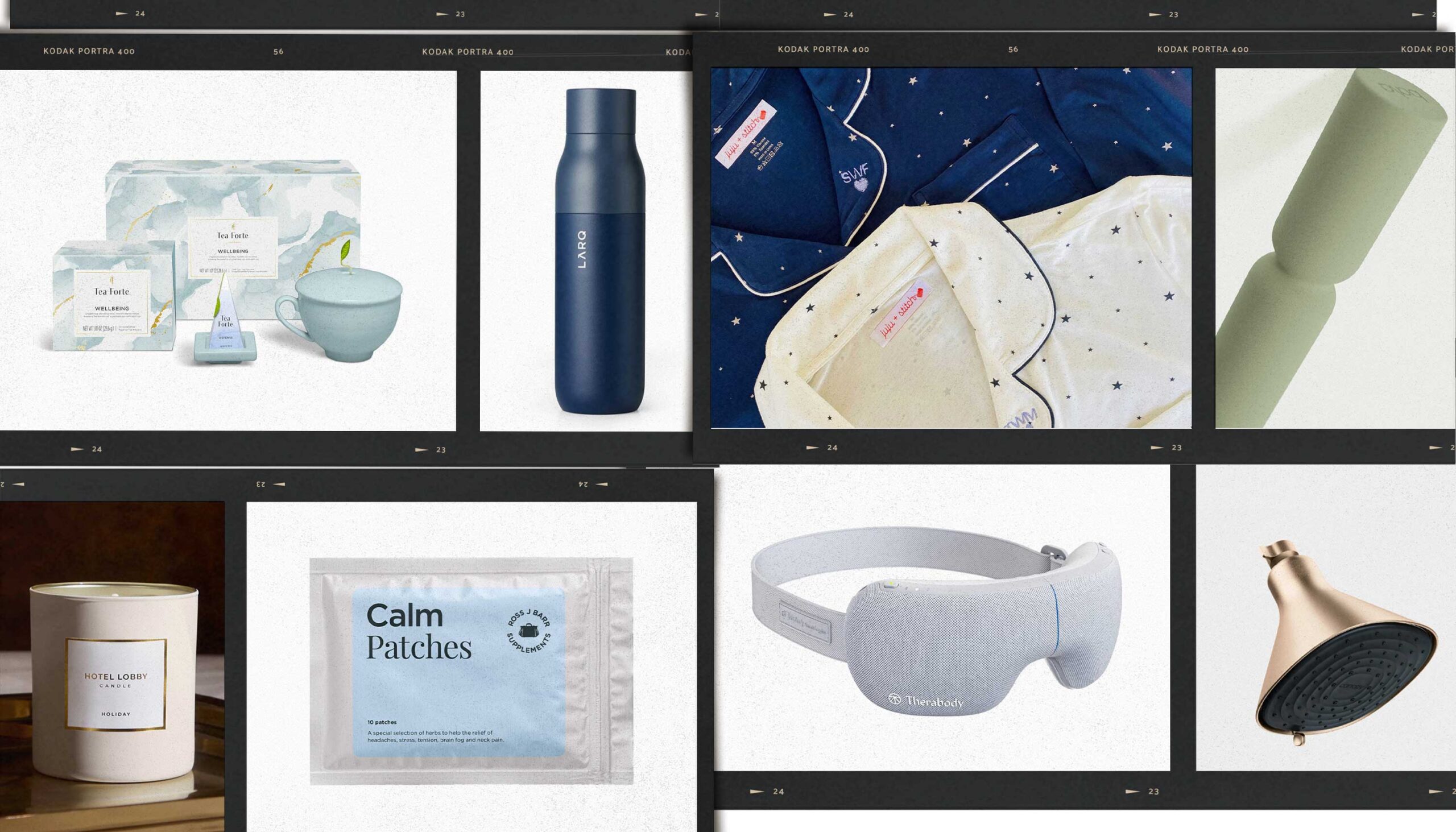Getting teeth straight is almost a rite of passage. Middle schools and high schools are full orthodontia, but sometimes we need a little help realigning our smiles in adulthood, too. Invisalign, the game-changing brand of clear aligners has been around since 1997 and has been a clear choice for teeth straightening since then. But traditional braces aren’t obsolete and are still a viable option for those who want to straighten their smile.
You May Also Like: Should You Be Doing At-Home DIY Teeth Straightening?
A Clear-Cut Case
Invisalign are clear, removable, plastic aligners that are custom made to fit your smile and slip over your teeth to straighten them for anywhere from 10 to 14 months. Invisalign aligners gradually move your teeth back into place. The cosmetic dentists we spoke to said Invisalign has been the clear choice for patients for mainly for aesthetic reasons. “The trays are clear and barely visible so they don’t make people feel self-conscious when wearing them,” says New York cosmetic dentist Irene Grafman, DDS. “Also, the trays are way more comfortable than having brackets on all your teeth which can cause tissue irritation.”
“My patients choose Invisalign to avoid metal braces,” says Malibu, CA cosmetic dentist Bob Perkins, DDS. “The biggest benefit of Invisalign is the fact that you don’t have to have a silver band across your smile for years.” Newport Beach, CA cosmetic dentist Robert McHarris, DDS adds time and budget are also big factors in choosing the clear trays: “The cost is often comparable or less than metal braces and sometimes treatment time is accelerated compared to metal braces.”
Ceramics & Metallics
Traditional braces are made up of metal or ceramic brackets and metal wires. Today’s metal brackets are smaller and less noticeable than the metallic braces of the past. Ceramic braces are the same size and shape as metal braces, but have clear or tooth-colored brackets and sometimes wires that blend in with teeth.
“Good candidates for traditional braces are people with severe jaw related issues, such as top and bottom jaw not in alignment,” says Dr. McHarris. “Often these cases also require services of an oral surgeon.”
Dr. Grafman adds that she typically will consider traditional braces for more extensive cases. “Anytime I must bring down an ankylosis tooth, which is one that never came down, or if I have to move a tooth that is straight right or left without tilting it. Traditional braces are also good for when you lose a tooth and the molars can shift or tilt into that space. If I need to open up the space for an implant, it is better done with braces.”
Whether comfort is king or metallic orthodontia is the only option, the good news is the waiting period for straighter teeth isn’t that long. In just a little over a year, it’s possible to comfortably and affordably shift and straighten your teeth for your best smile yet.
